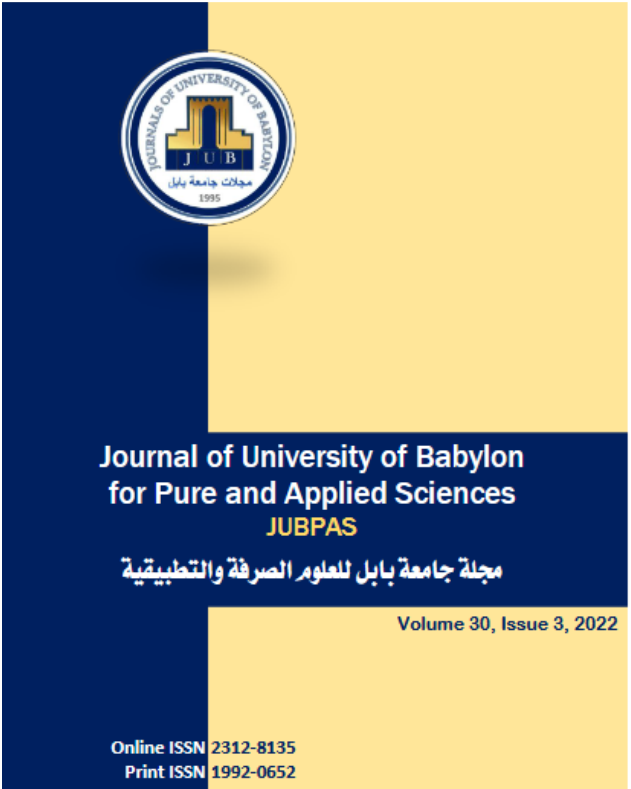Prevalence of Dental Anomalies in an Adult Dentate Najaf /Iraqi Population by Using Digital Panoramic Radiographs
Main Article Content
Abstract
Background:
Studies were done across different populations showed a varying degrees of prevalence of dental anomalies. The present study was aimed to evaluate the dental anomalies prevalence for Najaf/Iraq population.
Methods:
Analysis was done for the standard Orthopantomograph of 750 subjects with ages ranging between 18 and 40 years. The teeth and jaws were examined radiographically for number, size, structure, position, and shape of the teeth. In addition, the presence of pulp stone and radio-opaque dental anomalies in the jaw was also studied. Chi-squared test was carried for the data analysis.
Results:
The prevalence of dental anomalies was (32.8%). Anomalies in number of teeth was (4.19%), size (10%), structure (0%), position (50.33%), shape (27.74%), pulp stone (5.48%), and the jaws radio-opaque anomalies constitutes (2.26%). The most common type of dental anomalies was anomalies of tooth position, and 55.48% of dental anomalies were associated with the maxillary teeth, and 44.52% were associated with the mandibular teeth.
The supernumerary teeth, congenital missing teeth, transposition, dens evaginatus, and dens invaginatus were mostly associated with the upper incisors, while the displacement was mostly seen associated with the upper canines. Upper molars were mostly associated with pulp stone, fused roots and microdontia.
The supernumerary roots were mostly associated with lower premolars, while inversion, impaction, dilaceration, taurodontism, and enamel pearls are mostly associated with lower molars. All radio-opaque jaws anomalies were seen associated with the lower jaw only.
Conclusion:
The determination of prevalence of dental anomalies is important for the early diagnosis and treatment planning of patients.
Article Details
Issue
Section

This work is licensed under a Creative Commons Attribution 4.0 International License.
